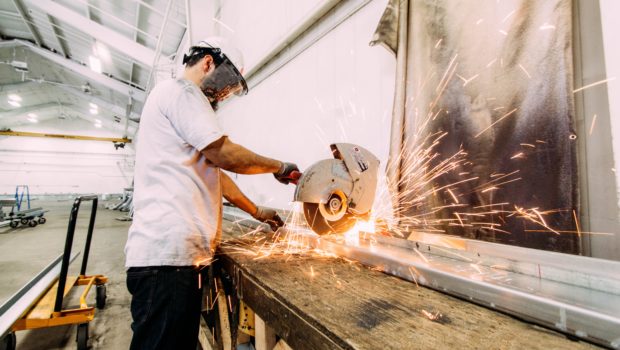Oxy-fuel Cutting vs. Plasma Cutting Systems
Finally, you have decided to invest in accurate metal cutting techniques. Well, at least you understand the power of precision in engineering. With modern cutting methods, you not only enjoy precision but also efficiency. You can choose to use oxy-fuel cutting or even plasma cutting system. The working principle of each of these methods is different. Plus, these cutting methods have their own merits and demerits. So, which one should you choose? Well, the content below is going to delve into the topic—giving you explicit merits and demerits of each cutting method.
The Process
Metal welding requires cutting. It’s important to note that oxy-fuel torches are the most common equipment used to cut metals. It’s portable—making it an ideal choice when it comes to executing remote construction sites that are not connected to electricity. However, with the advancement in technology, other metal cutting methods such as plasma cutting are quickly finding their ways into the construction industry. Plasma laser cutting is more portable—offering you the flexibility you need to execute complicated construction projects.
Plasma Cutting: The Basics
By definition, plasma welding represents an iodized used to conduct electricity –which adds more electrical energy for cutting. Typically, gas and electricity are made to compress. This is done in a chamber and combined using an electrode as well as a nozzle. This makes the gas become imbalanced—which leads to plasma gas. Then the gas is forced out by the air pressure. Adding more energy to the plasma makes the plasma hotter. This provides increased cutting capacity as well as efficiency.
Benefits
- Portability— plasma laser cutting is ideal when it comes to portability. This is because the equipment is light. It’s important to note that plasma machines are light and compact.
- No Electricity—Also plasma doesn’t require electricity.
- Non-Ferrous metals—it’s also important to note that plasma cutting machines can cut non-ferrous metals like aluminum, cast iron, as well as stainless steel.
- Speed—Plasma cutting is quick and accurate. So, if these are the things you want, consider plasma cutting.
- No Preheating—with plasma cutting, you don’t have to preheat the metal before doing the cutting process. This is not only time saving but also accurate. This makes it ideal when it comes to cutting stacked metals.
Oxy-fuel cutting: The Basics
If you want to cut thicker metals, then oxy-fuel citing can be a nice option. Oxy-fuel machines are portable and versatile. They can be used to weld, braze, solder, and heat. They can cut steel and are highly portable. They can only cut ferrous metals.
Key Takeaway
Oxy-fuel cutting method is one of the most commonly used engineering cutting methods. However, the plasma cutting method is also equally impressive. It’s accurate, fast, economical, and effective. These two methods are highly regarded. So, which one should you choose? The above article has explicit guidelines. It contains the advantages and disadvantages of each method—which can help you make an informed decision.
The Bottom-Line
Both methods are good. However, you need to choose a cutting method that fits into your project’s explicit needs. The type of cutting method you choose is dependent on material type, thickness, cost, location, as well as available resources.











